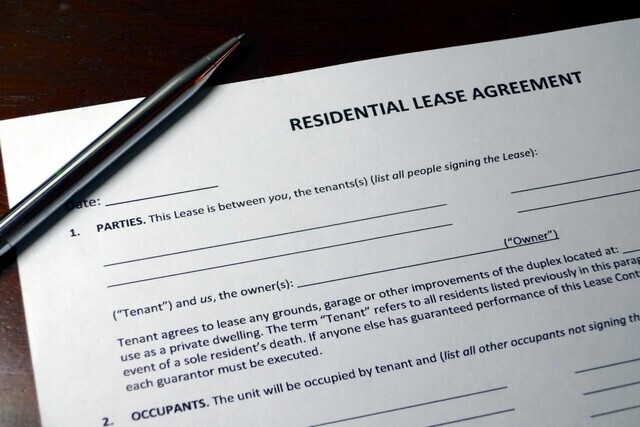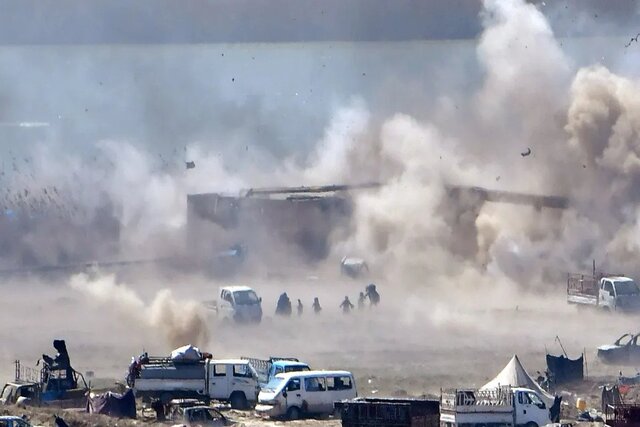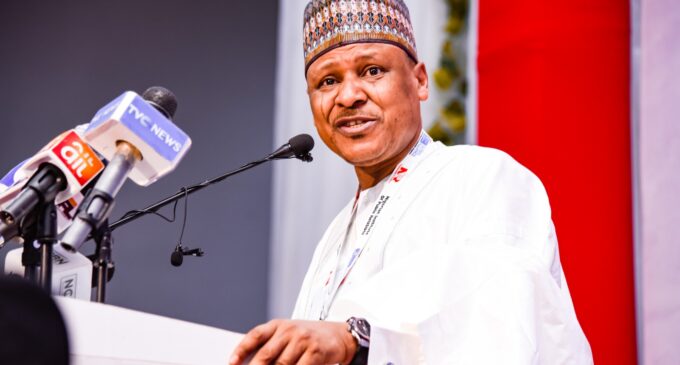To fight child poverty, the UK was almost at the bottom of the list of wealthy countries. It was just above Columbia and Turkey. Slovenia came out on top.
New data from UNICEF shows that between 2014 and 2021, child poverty rose sharply in some of the world’s richest countries.
The Child Poverty in the Midst of Wealth report card had shocking findings. The UK, Spain, and Luxembourg, three of the world’s richest countries, were at the very bottom of the list.
But poorer countries like Poland and Slovenia are doing the best job of fighting child poverty. Latvia and the Republic of Korea are next in line.
The study gives the most up-to-date and similar picture of how poverty affects kids in OECD and EU countries. It also looks at how governments help families with kids make ends meet.
It found that by the end of 2021, there were still more than 69 million children living in homes that made less than 60% of the average national income. This was true even though poverty had gone down by almost 8% across 40 countries.
The head of UNICEF, Innocenti Bo Viktor Nylund, said, “The effects of poverty on children are long-lasting and harmful.”
“This means that most kids might not have enough healthy food, clothes, school supplies, or a warm place to live as they grow up.” It stops people from exercising their rights and can make their physical and mental health worse.
Being poor can have effects that last a lifetime. Poverty makes it less likely for kids to finish school, and when they grow up, they make less money. This study says that in some countries, someone born in a poor area is likely to live eight to nine years less than someone born in a rich area.
The study also shows how hugely different people’s risks of poverty are. There is data from 38 countries that shows that children who live with only one parent are over three times more likely to be poor than other children. Children from racial or ethnic minority groups and children with disabilities are also more likely to be hurt than other children.
The wealth of a child’s parents does not determine how they live.
The results showed that this group of countries’ economies grew steadily from 2012 to 2019, giving them a chance to recover from the effects of the slump from 2008 to 2010.
Several countries did, however, lower child poverty during this time. However, some of the richest countries went backwards the most. There are also big differences between countries with similar amounts of income, like Slovenia and Spain, when it comes to the number of poor children they have: 10% versus 28%.
The report says that living situations for children can be improved no matter how rich a country is.
Poland, Slovenia, Latvia, and Lithuania, which are not among the best OECD and EU countries, have cut child poverty by a lot. In Poland, it dropped by 38%, and in the other four, it dropped by 31%.
In the meantime, the number of children living in families struggling with money has grown the most in five higher-income countries since 2014. These are the UK (+20%), France, Iceland, Norway, and Switzerland (all around +10%).




















